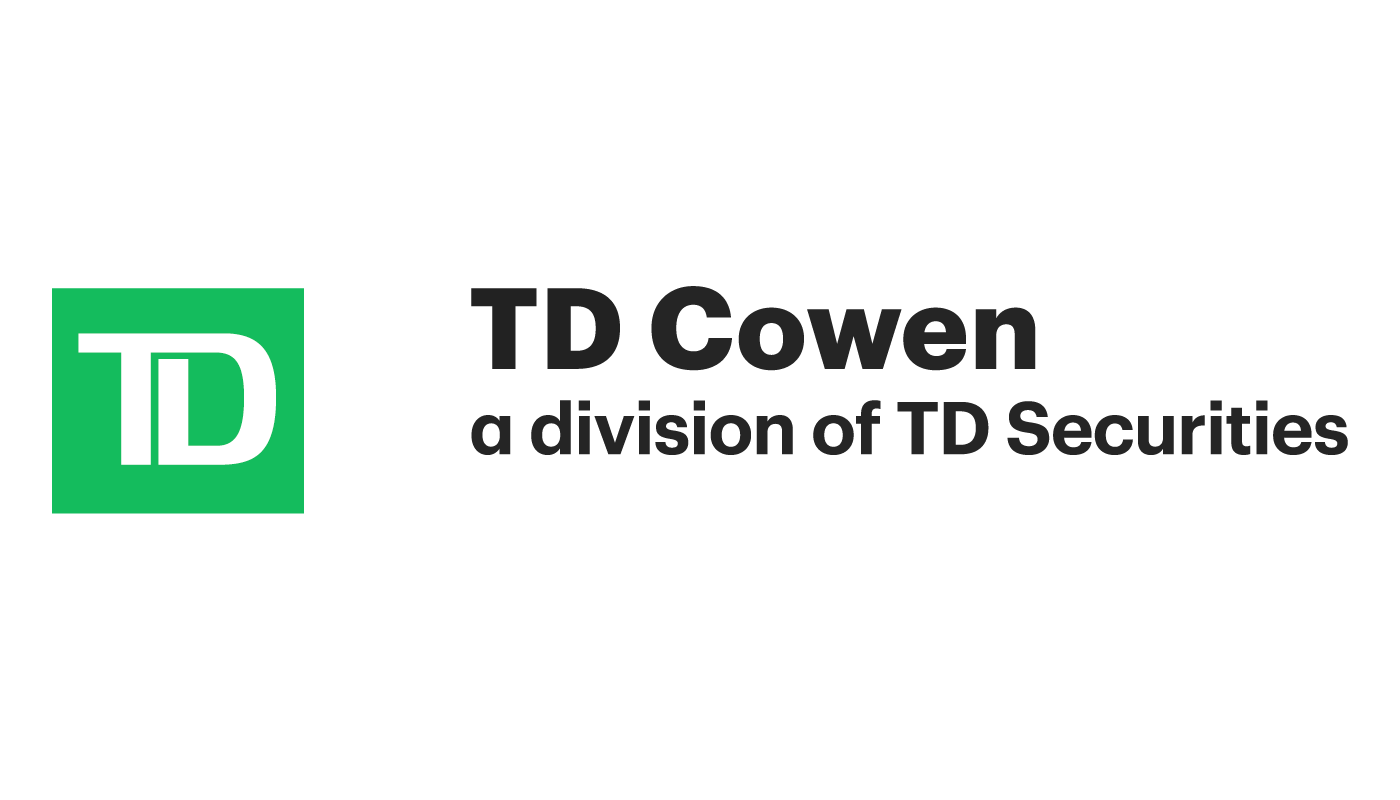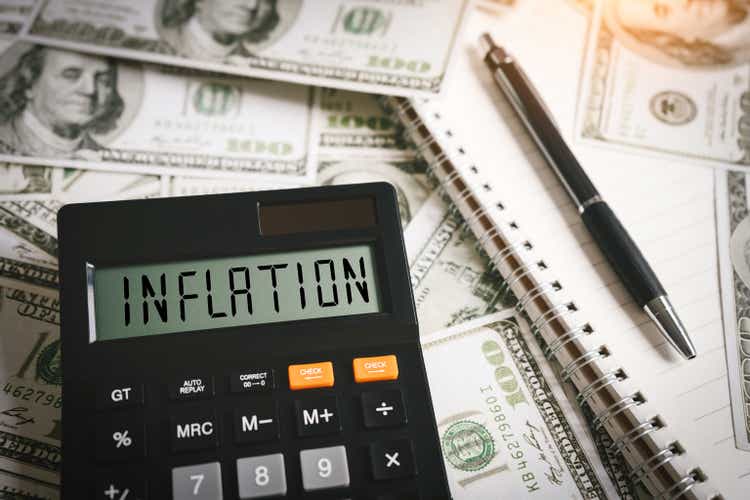Khanchit Khirisutchalual
Financial markets rebounding so far this year may be reflecting investors’ perception that inflation is slowly being tamed and the Federal Reserve will ease, and eventually pause, its rate hikes soon.
But Morgan Stanley is of the view that while inflation likely peaked, it does not mean that the Fed achieved its mission of reining in inflation, and investors’ recent enthusiasm may be premature.
Markets are currently expecting the Fed to raise rates by 25 bps in February. This view is supported by data indicating that inflation cooled and average wage gains decelerated and by the comments of several recent Fed speakers, including Christopher Waller, Patrick Harker, and Susan Collins.
Morgan Stanley’s Global Investment Committee pointed to three key inflation risks that investors may be overlooking.
Energy costs: “Looking ahead, we anticipate a rebound in oil and gas prices, driven by a re-acceleration in global economic growth and a relaxation of European austerity practices,” said Lisa Shalett, investment chief at Morgan Stanley Wealth Management. MS analysts see crude prices rising to ~$107/bbl by Q3.
Import prices: When the Fed’s tightening cycle matures, the U.S. dollar will depreciate, no longer shielding consumers from costlier imported goods.
Services inflation: “While airline costs fell in the latest CPI report, other factors could slow recent progress in curbing price pressures,” said Shalett. These include labor shortages, strong owner-occupied housing and rent inflation, and resurgent medical services costs.
Shalett said these risks imply that core inflation may not decline in a straight line through year-end toward the Fed’s 2% target. “Rather, the decline is more likely to stall out mid-year, with inflation staying closer to 4%, which could keep rates higher for longer and markets possibly stuck in a volatile waiting game.”
Earlier, BMO Capital CEO Daryll White said he expects an inflation “pivot point” mid-year that will lead to an improved economic outlook.







































